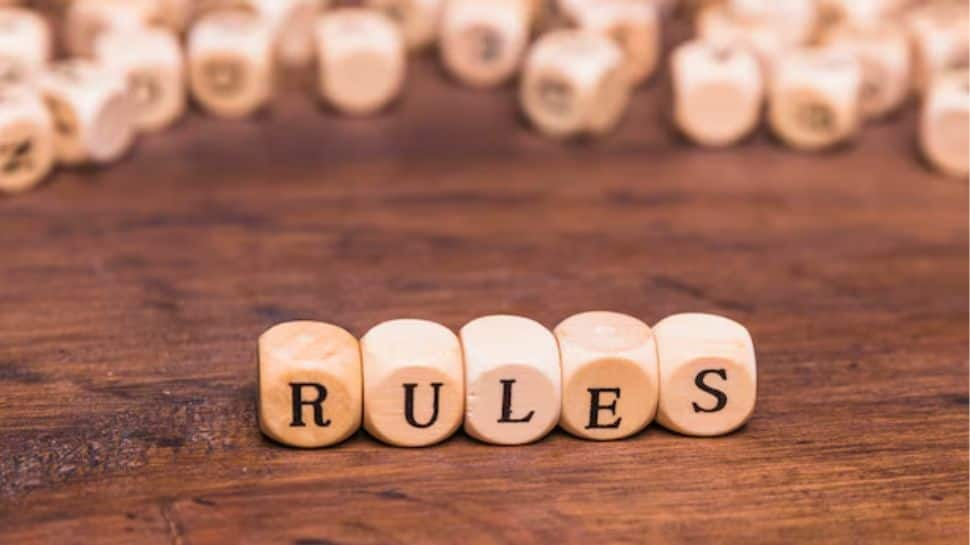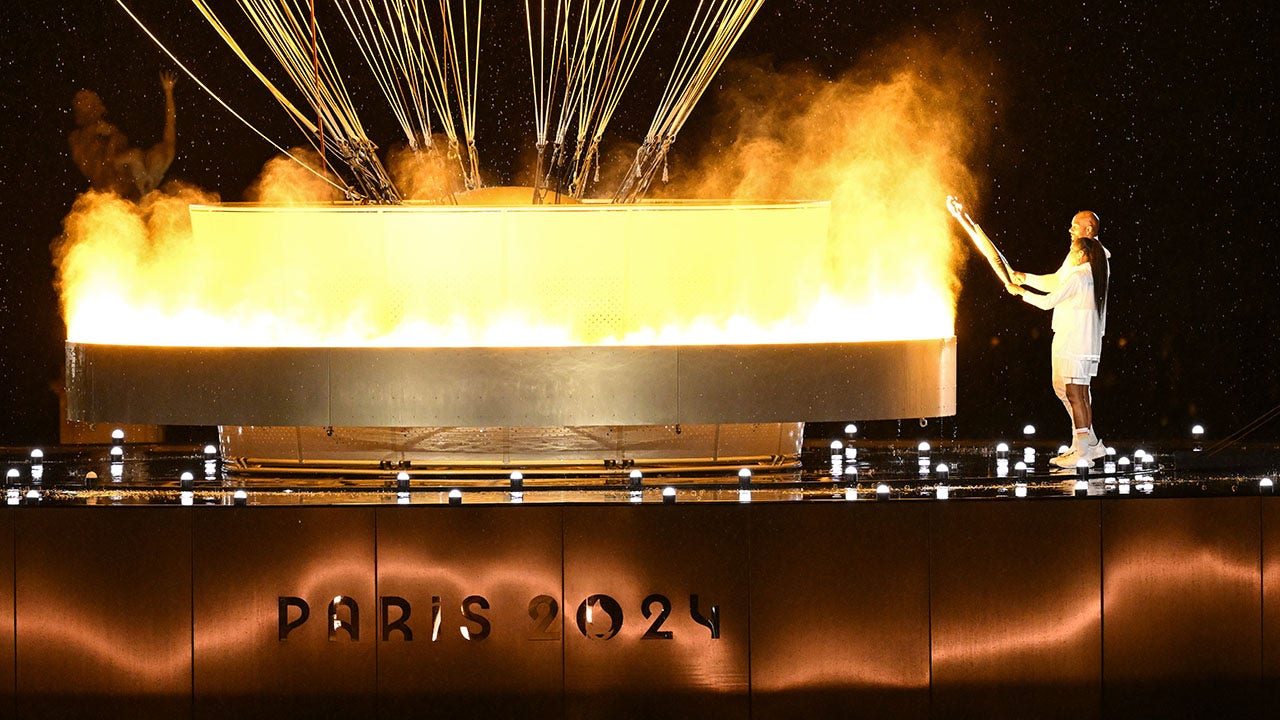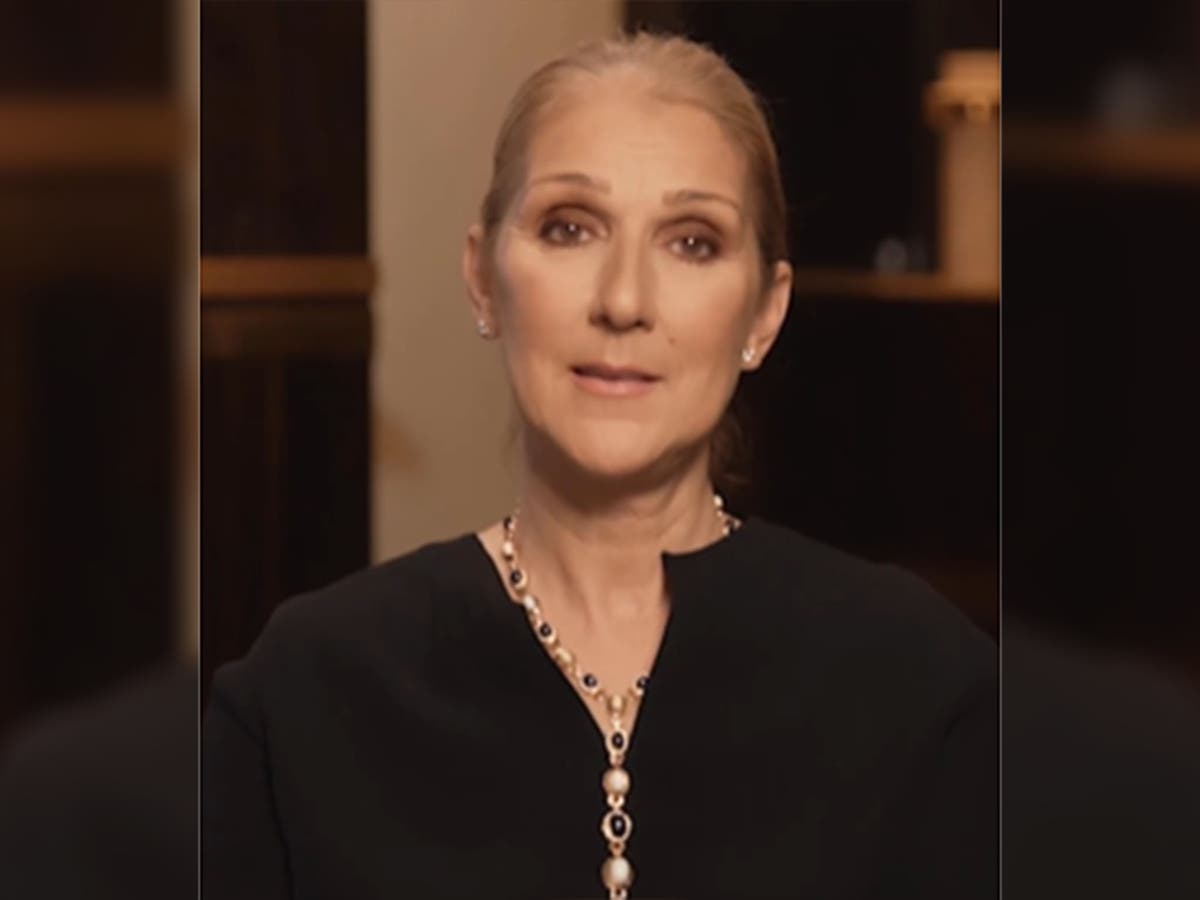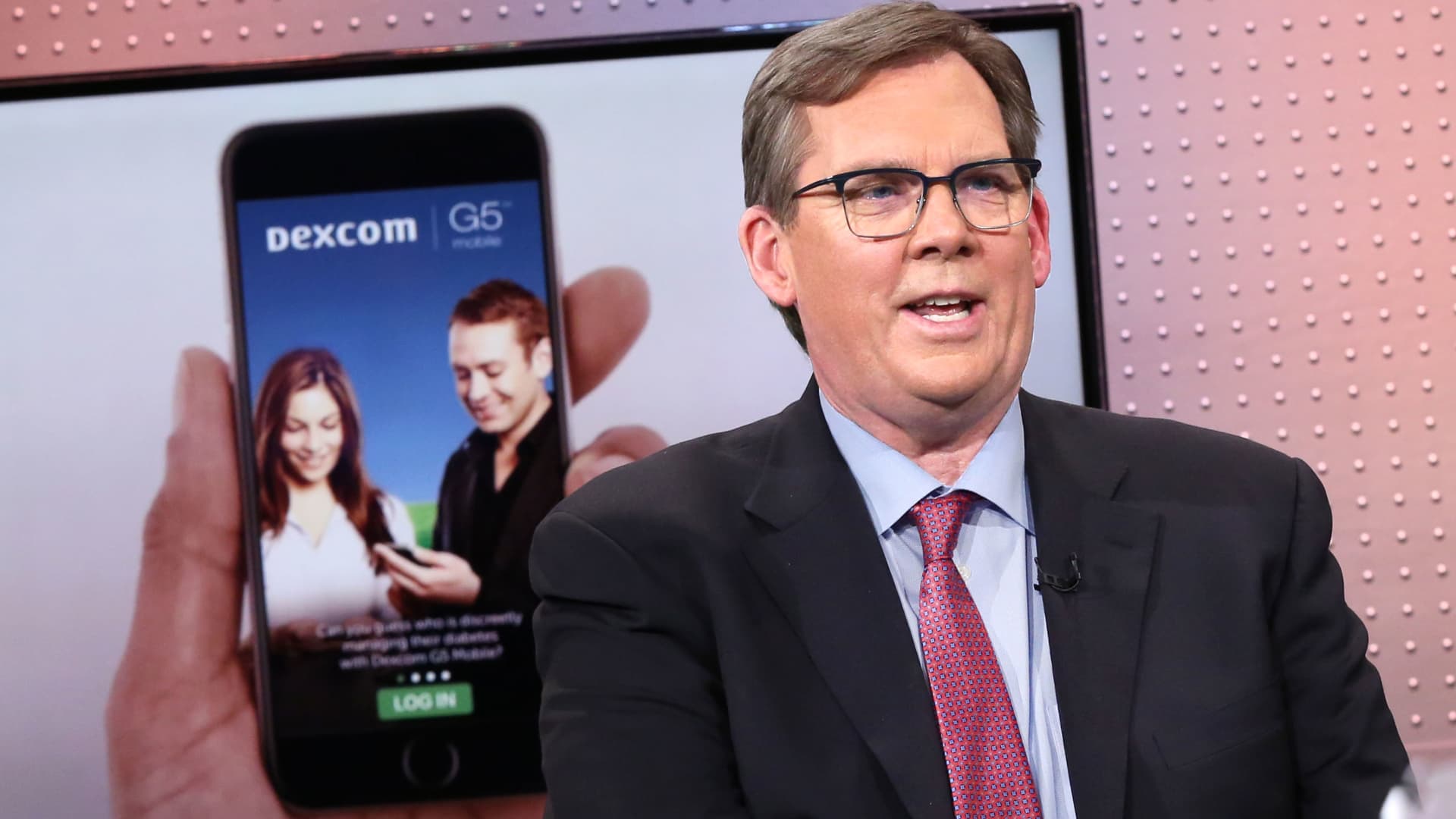Pandora, known for its affordable sterling-silver charm bracelets, is the world’s largest jewelry company by volume: The Danish chain sells more than 100 million pieces annually. This week, it announced that it is now sourcing only 100-percent-recycled silver and gold for its collections.
The move was touted as an important step by a massive company to reduce its environmental footprint. “We wanted to lead by example,” Pandora’s chief executive, Alexander Lacik, said in an interview. “If we can make positive contributions to society through our use of recycled gold and silver, it means anyone can do it.”
By working with metals that have already been mined, Pandora won’t be digging deeper in search of new materials, allowing the company to substantially reduce its greenhouse gas emissions. Mining requires more energy and resources than recycling and is a leading source of mercury pollution. In a 2020 news release announcing its shift to recycled metals, Pandora cited statistics from the World Gold Council and other entities showing that the process of recycling gold reduces emissions by about 99 percent compared to mining it, while recycling silver reduces carbon emissions by about 66 percent compared to mining it.
Other brands, like Prada and Monica Vinader, have also started using recycled metals. But some industry observers warn that those materials can seem more virtuous than they may really be.
Like “sustainability,” the word “recycled” can mean different things to different people. That interpretation gap can prove problematic, said Tiffany Stevens, the chief executive of the Jewelers Vigilance Committee, an organization in New York City that focuses on ethics and policy advocacy in the industry.
“Recycled is a positive modifier in most contexts but that isn’t necessarily the case when it comes to gold or silver,” she said. The term “recycled,” she added, gives jewelry made with such materials a “green halo,” or an aura of being environmentally friendly.
But the term does not “give people any clear answers about where their metals came from,” Ms. Stevens said, which is a reason her organization and others have asked the Federal Trade Commission to disallow the use of “recycled” to describe jewelry products sold in the United States. The F.T.C. is expected to respond this year when it releases updates to its environmental marketing guidelines.
Those guidelines currently say that “it is deceptive to represent, directly or by implication, that an item contains recycled content unless it is composed of materials that have been recovered or otherwise diverted from the waste stream.” Precious metals are generally not considered waste, however, because they have been melted and reused for centuries and typically retain their value.
The term “recycled” can also obscure the origins of some metals, like those sourced by so-called cowboy miners, or outlaw refiners known for using child labor or running operations that fund the activities of criminal networks. Patrick Schein, a refiner and a board member at the Alliance For Responsible Mining, said the word can create the illusion that the recycling process always yields “newly born gold that is ethically acceptable.”
The Alliance For Responsible Mining, an advocacy group, has promoted other ways to improve the jewelry industry’s supply chains, including for companies to support programs by groups like the Better Gold Association, which works with small-scale miners refining metals more responsibly.
“Buying exclusively recycled gold excludes this sector, which employs many people who already face vulnerable situations,” read a 2020 statement released by the alliance and other organizations.
Mr. Lacik said the shift to sourcing only recycled metals at Pandora was based more on environmental factors than on how it might affect small-scale miners, a group that produces nearly two-fifths of the world’s mercury population, according to a 2018 United Nations report.
“You have to decide: Is the climate topic more or less important than particular communities,” he said. “In our case, we think that getting hold of the climate issue and moving progress forward is a bigger topic for humanity in the long run.”
While using recycled metals might reduce the environmental footprint of Pandora, the mining of new gold and silver hasn’t slowed over the last decade, suggesting that companies’ growing interest in such materials has done little to offset the overall climate footprint of mining.
A team of 100 employees has been involved in the switch to recycled metals at Pandora, which moved from mined to lab-grown diamonds in 2021. The change in metal sourcing required adapting processes and equipment to measures set by the Responsible Jewellery Council, a group in London recognized for setting global standards.
Among Pandora’s suppliers of recycled metals is MKS PAMP, a Swiss refinery and trader. “We know every single source of our supply chain and can tell you to the gram what goes to whom,” said Xavier Miserez, the refinery’s head of sales. “Risk zero doesn’t exist but we try to mitigate as much as possible.”
Pandora plans to pay about $10 million annually for recycled metals. That is more than it was paying for newly mined ones, Mr. Lacik said, “but that is a cost we are willing to absorb.”
“I’m also realistic about how important this is to jewelry shoppers,” he added, noting that most are driven by two main factors: design and price. “Some might then ask about sustainable production — but not many.”















































